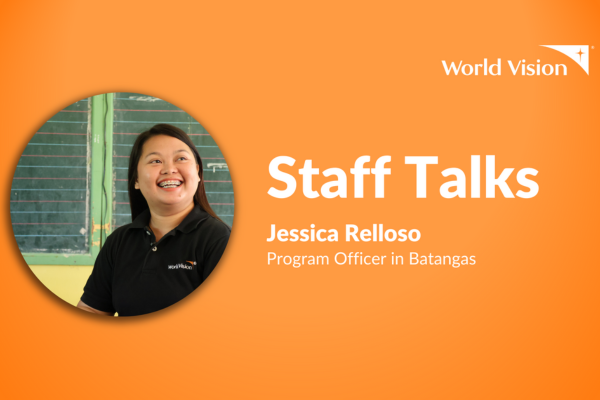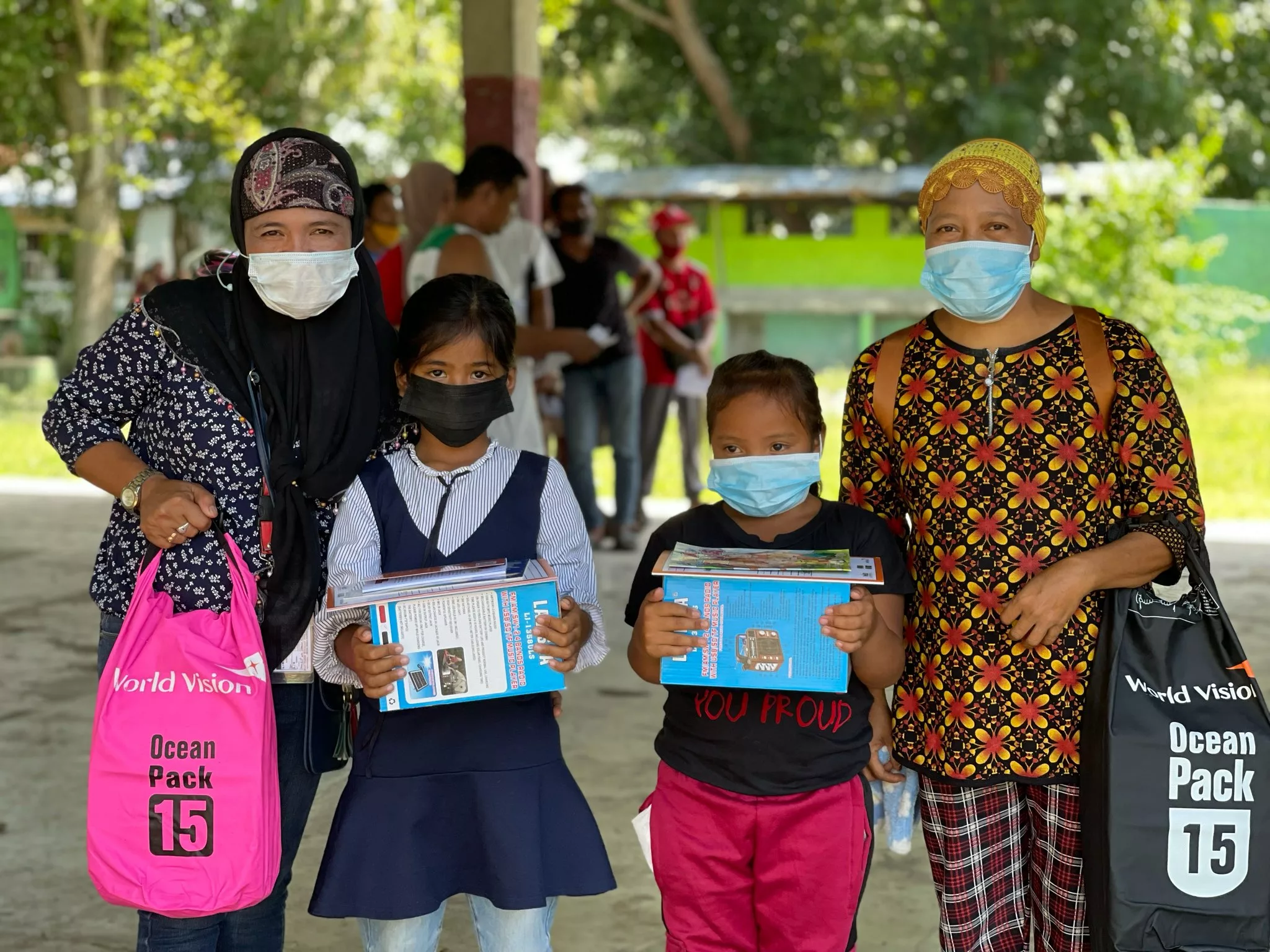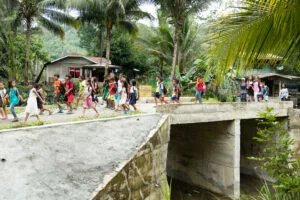Colorful stories to improve poor reading skills
Although the Philippine Statistics Authority’s (PSA) 2019 Functional Literacy, Education and Mass Media Survey (FLEMMS) showed that 91.6 per cent of Filipinos aged 10 to 64 are functional literate, something remains alarming.
The same report showed that the Bangsamoro Autonomous Region in Muslim Mindanao (BARMM) scored the lowest at 71.6%. The National Capital Region, on the other hand, registered the highest functional literacy at 96.5%.
Functional literacy measures an individual’s skills in reading, writing and numeracy to effectively function in society, such as for employment.
“These data are indeed worrisome,” Carlo Cajipo, World Vision’s Education Specialist in Mindanao, says. “This is why World Vision has been beefing up its intervention in education to assist learners in BARMM.”
Through World Vision and the Department of Education’s Brigada Pagbasa, a reading program that promotes literacy among young learners, teachers and parents were taught to encourage children to learn through colorful and values-based storybooks.
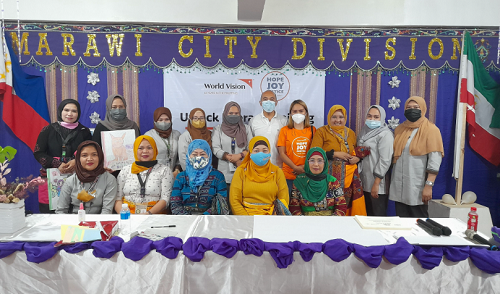
Teachers in Marawi City were taught how to create stories through the story writing software called Blooms. “To be honest, we failed to focus on teaching our students the essence of reading, especially when the pandemic happened. But thanks to World Vision we were reminded how important reading is to our students. Our storytelling skills were renewed and enhanced,” Zoraida Abato, the Division Reading Coordinator in Marawi City, says.
World Vision’s Childhood Rescue Project has partnered with several schools in Marawi City for its Brigada Pagbasa program. These schools have identified students who cannot read or have difficulty understanding what they read.
“The Marungko approach that World Vision shared with us is very effective for our learners. We are still using it until now,” Abato adds.
The Marungko approach is learning how to read by learning first the sounds of words or letters called phono syllabic.
The Childhood Rescue Project in Cotabato City, meanwhile, engaged youth in story creation. The youth participants were taught how to make and tell stories.
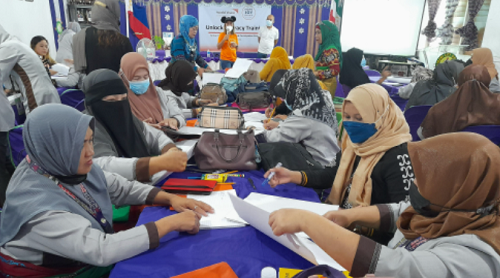
“This activity helps me develop my writing skill. I used to write anything that comes to mind but I didn’t know what to do with it,” Norhasan, a youth participant, says.
On the last day of the two-day story creation training, Norhasan along with other Cotabato City youths were surprised that they can do storybooks. “Thank you so much World Vision! I now can write freely and can share my ideas with everyone,” Norhasan says.
With report from Mark Elnar – Communications Specialist | Child Rescue Project
Together we can protect vulnerable children
Our focus is on helping the most vulnerable children overcome poverty and experience fullness of life. We help children of all backgrounds, even in the most dangerous places, inspired by our Christian faith. Together we can protect children today, and empower them for tomorrow.




